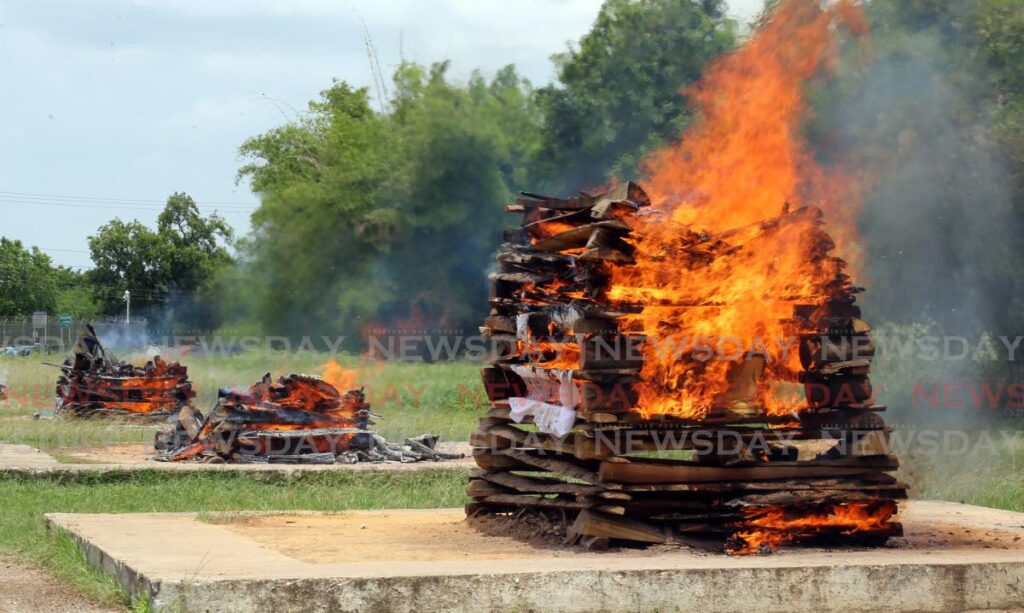Revisit guidelines for open-air cremations

THE EDITOR: The devastating covid19 wave has plunged many families into mourning and traumatised health workers who have seen lives lost despite every effort to save covid19 patients.
Death from this virus is shocking for all involved. Whether at home or in a health facility, a patient often dies without the presence and comfort of loved ones, and is placed in a body bag for disposal.
They leave behind family members, many of whom may also be sick or are grieving the loss of other dear ones. Families cannot gather to mourn their dead, and the funeral rite itself, a fundamental human privilege, is now a drawn-out process.
Proper care of a person and family extends even after death, and authorities must find appropriate means to facilitate the grieving process.
No other group in this country has been affected by the current guidelines involving the disposal of covid19 victims as has the Hindu community. The guidelines restrict open-pyre cremations, a practice as old as time itself.
Families are now waiting at least three weeks to perform the Antyeshti Sanskar, the last rite in a Hindu person's life, due to the restrictions and a surge in covid19 cases. This delay comes at immense fiscal and emotional costs.
Another storage facility will not remedy this problem, but an update on funeral guidelines indeed can.
There is very little science prohibiting open-air cremations for the disposal of covid19 victims. Interim guidance in March 2020 from the World Health Organization noted that it is common for people who have died of an infectious disease to be cremated. Still, cremation is a matter of cultural choice and available resources.
At the time of the guidelines there was no evidence of any transmission of covid19 from a dead body. People tending to a dead should be able to work with personal protective equipment and keep the handling of the body to a minimum. Families can view the body but not touch it or kiss it.
There are no restrictions against open-air cremations. Indeed, even in India, the country where open-pyre cremations are most widely practised, they were not banned but remained a significant avenue for disposal in its devastating covid19 wave in May. I can find no data to support a ban on open-pyre cremations.
I submit to the national conversation that the solution to our overwhelmed morgue situation (apart from the increased drive to prevent death in the first place) is to revisit our guidelines for cremations. Not only will this help with the bottleneck of unfortunate citizens awaiting their final rites, but it will allow families to say goodbye with dignity.
VEDAVID MANICK
via e-mail


Comments
"Revisit guidelines for open-air cremations"